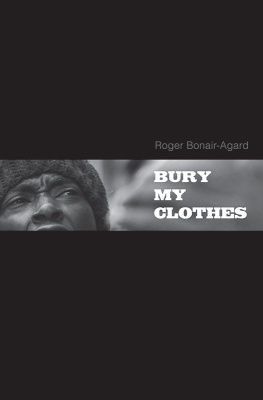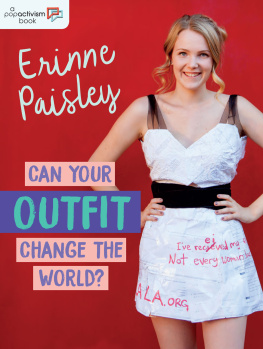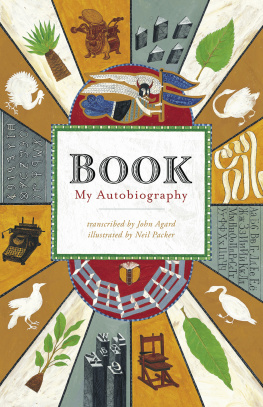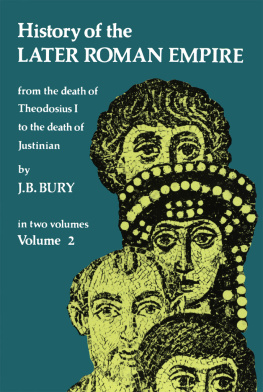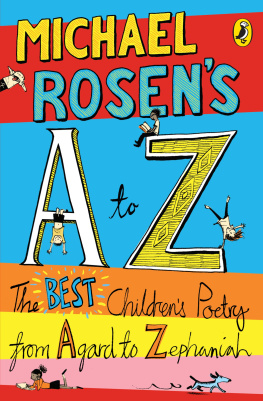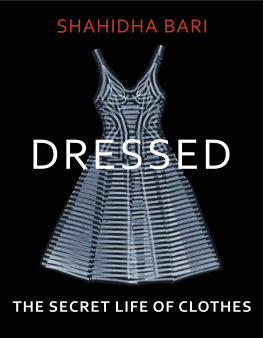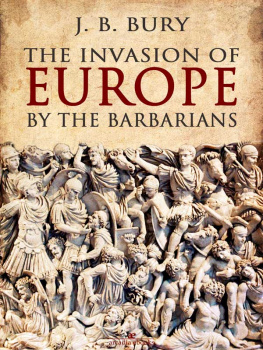Praise for Bury My Clothes These poems offer up a speech textured with both the violence of racial construction and the complicated gorgeousness born out of survival and adaptation. These poems insist on the beauty of the darknesses we are bound by, and mean to help us live by reminding us: there is no crevice of grief or grace where something does not bloom. Aracelis Girmay, author of Teeth and Kingdom Animalia Bury My Clothes is the sound of language breaking open. Bonair-Agard is reaching farther both in time and in syntax to say more than he has ever said before. It is a masterwork in which the poet has found the canopy of night black enough for everything hes ever wanted to say. Karen Finneyfrock, author of Ceremony for the Choking Ghost and young adult novel The Sweet Revenge of Celia Door Bury My Clothes is a gut-level read, one that you must prepare for with not only your head, but also your body.
These unapologetically relentless stanzas, practically quivering with funk and resolve, will slam their fists into places you have not yet discovered. Serving up a gospel that teeters on the blade edge between calm and chaos, one of poetrys premier storytellers has taught the city to speak with his voice. Patricia Smith, National Book Award finalist, author of Shoulda Been Jimi Savannah Bury My Clothes is a breadth of language that straddles Arouca and Chicago, hip-hop and calypso with the brawling, affirming righteousness of the Black televangelist leading us through violence and love to the wealth of unexpected tenderness. Earl Lovelace, author of Is Just a Movie In his profound meditation State of Emergency Roger Bonair-Agard writes I dont know / What to think people expect anymore; / when the word black, blooms all inside / their bodies like smoke and blood; who / do they expect to walk out of this fog. If there is a poet for this Zeitgeist, of Arab Spring, of governments toppling, a poet to listen to the people, a poet not just for this country but all countries, a poet I have been looking for my whole life, it is Roger Bonair-Agard. Part Aim Csaire, part Hikmet, part Black Arts Movement, part hip-hop-nonstop-body-rock Brooklyn, he sees beyond borders to erase them with words.
A poet of family, and funk ordained in the boogie, of celebration and hallelujahs, and loss. Of knowing loss. And going on, as we all must go, Roger helps us go on, even though All airports now make you weep. You come / from weepingWednesdays child. 23. You come / from woe.
Your mother and your passport tell you so. Sean Thomas Dougherty, author of All I Ask for Is Longing
Contents
Two bottles of rum and the Roaring Lion The first calypso I can remember hearing, and very shortly thereafter knowing by heart, was by a calypsonian who was already a legend in the calypso world. The Mighty Sparrow was one of the few calypsonians whose appeal had moved beyond Trinidad and the rest of the English-speaking West Indies. He had performed in England and the United States and for many dignitaries. He was adept at both social commentary and party favorites; his pen could cut both ways. Sparrows songs illuminatedeven when singing about women of ill reputeessential truths about colonial life.
His wit and sarcasm were complicated by a ribald sense of humor and a daring sense of metaphor. The calypso I chose to memorize in this case could be argued to exhibit all these qualities. The chorus went: Drunk and disorderly; always in custody My friends and my family; all fed-up with me Drunk and disorderly; every weekend I'm in the jail Drunk and disorderly; nobody to stand my bail... It was 1973. I was four years old. My grandmother and mother were coheads of household; my grandmothers penchant for stern discipline was itself legend.
In this Puritan household there were many infractions one did not dream of committing, but somehow I have no recollection of being censored in my loud repeated rendition of this popular song. Even my grandmother must have understood the importance of the calypsonian as griot in our midst, even as she, like many others of her generation and social station, pursued class mobility through formal education and rigorous religious indoctrination. Sparrow represented a particular generation, however, maybe the first one to benefit from the carnival arts having been raised to a level of national art and discourse. He and Lord Kitchener were the titans of the form, and following closely after them, poets like Chalkdust, Shorty, Merchant, and a host of others were providing a new vanguard. In time we would come to know soca as an entirely separate branch of the musicbut were getting ahead of ourselves. This group of musicians was standing on the shoulders of some old high priests.
These were the calypsonians who broke ground, who were championslocally famous saga boys whose sobriquets underscored their facility with both microphone and white-handled razor: the Growling Tiger, Attilah the Hun, the Mighty Terror, Lord Invader, and of course, the Roaring Lion. These were among the earliest proponents of the form, men whose songs defined kaiso, and who, by the time I was born, were no longer taking part in the competitions, which were central to the annual Carnival celebrations. These men had defined the form. They were respected and occasionally played on the radio, but their time was past. They were the subjects of great stories by our uncles and fathers of a time we could not conceiveyeah, it was the champion stick-fighters, panmen who would as soon put a cutlass on you as talk to you, masqueraders who perfected the dragon dance and the robber speech. And so here I was, fourteen years after my first memorized number, picking up work at the Trinidad and Tobago annual singer-songwriter music festival, a weeklong series of competitions for local songwriters in several genres.
I was one of about six back-up singers who had to learn several songs over the course of the week in support of these hopeful musicians. On the last night, the festival honored the Roaring Lion with a lifetime achievement award. I have never seen the Roaring Lion anywhere not wearing a suit, a light-colored oneusually off-white or beige, impeccably ironedand hat to match. I remember him as a tall, slender man who moved easily and, even past seventy years old (which he already was then), was improbably smooth with the ladies. When I say that calypso sang the consciousness of the nation, when I say that folks like the Lion were legend for what they taught us of ourselves, I mean to refer you forward to the first sections epigraph, to Lions assertion that judge, doctor, lawyer, and bishop were all occupations beneath himthat instead he would be the principal of QRC, Queens Royal College, a boys high school in the capital city. This is significant for reasons other than we might imagine today in a world in which teachers are denigrated and education championed only for the eventual earning power it might give.
Of the three major boys secondary schools in the city, QRC was the one traditionally seen as the black peoples school. A long tradition of academic rigor and respectful questioning prevailed, and the school produced many of the countrys most influential scholars, politicians, artists, and athletes. The first prime minister, Eric Williams; Nobel Prize winner Vidya Naipaul; historian and journalist C. L. R. Jamesthe list is endless.
I had recently graduated from that school and was fortunate not only to have gone there but to have known even then the importance of the legacy of men like the Roaring Lion. And the Lion knew the importance of a school like QRC. Still, the Trinidadian ethos concerning its heroes is baffling. Maybe the country of 1.3 million is too spoiled with a relative overabundance of world-class achievers. Academic champions, Olympic champions, two Miss Universes, and two world boxing champs have all come from the small nation, and we rub shoulders on a daily basis with these heroes. We often ignore them.
Next page
